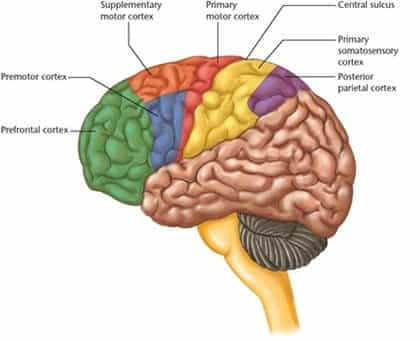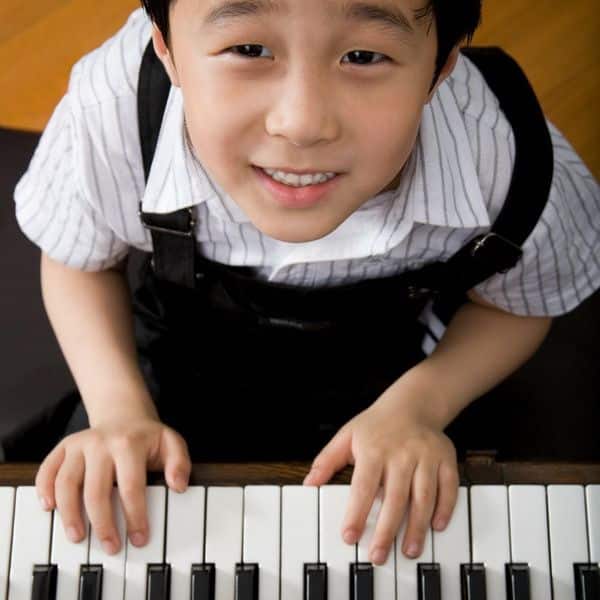Learning the Piano makes you smart
It’s well known that learning the piano can enhance brain development.
But how does this happen?
When we play the Piano we use multiple parts of our brain at one time.
We use our eyes to read which requires the visual cortex and the occipital lobe.
We use our ears to hear and adjust the notes which require our auditory cortex and temporal lobe.
We use both our hands and our 10 fingers to play different rhythmic patterns, requiring our primary motor cortex, our prefrontal cortex and our cerebellum.
To be able to play ‘in time’ our brain needs to synthesise a ‘beat’ then synchronise all sensory input and motor activities to this ‘beat’. This requires the use of our prefrontal cortex and cerebellum.


We also need to develop spatial awareness in order to play without looking at our hands. This utilises our parietal lobe, cerebellum and the right hemisphere or our brain.
Learning to read sheet music is like learning another language. The language of musical instruments is predominately mathematic but also requires visual spatial awareness; it is somewhat like map reading.
As well as developing brain function, playing or learning the piano can be a great way to express feeling and release stress. It is known to encourage the release of endorphins which is a feel good hormone.
Most notably, learning to play the piano strengthens the link between the right and left brain which has been associated with the creative problem solving skills known as ‘divergent thinking.
For help finding the best learner piano or recommendations of Piano teachers call Pats music on 0396538711.
To read more about how learning either an Acoustic Piano or Digital Piano Keyboard, follow this link to an extremely interesting article.